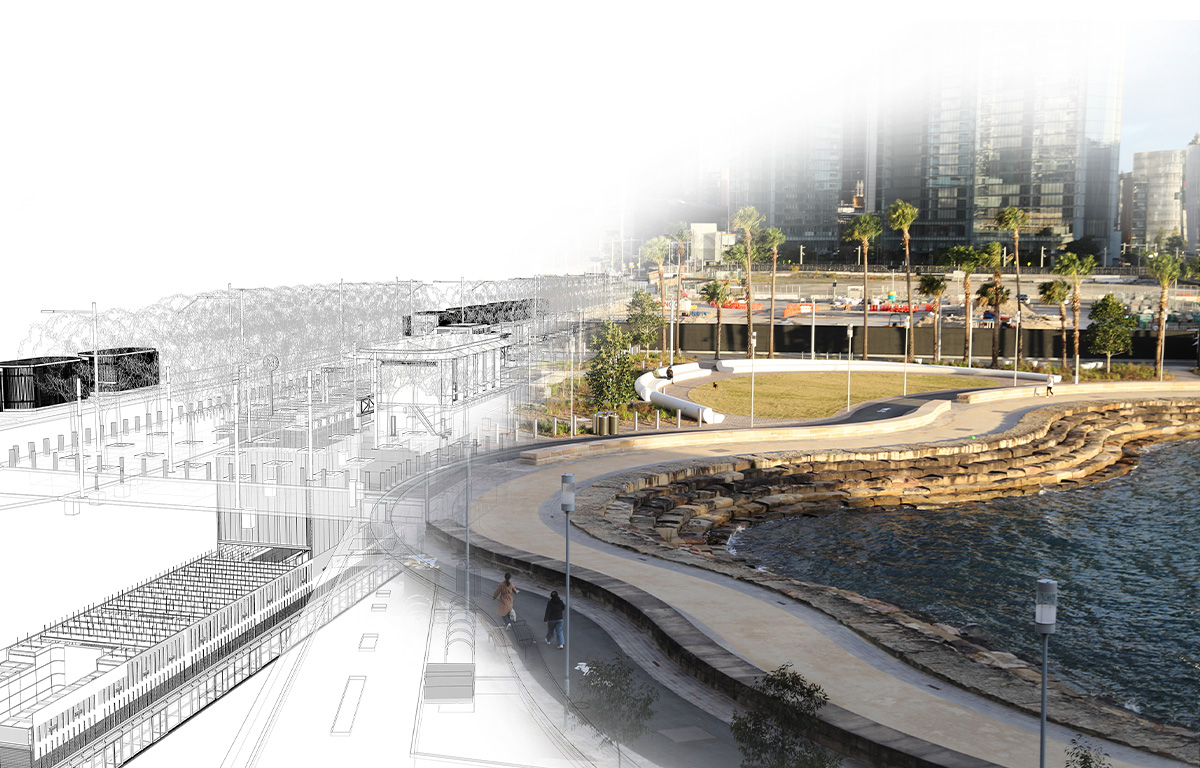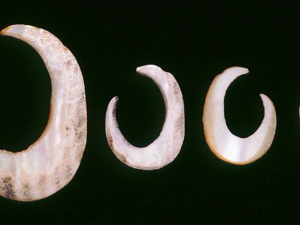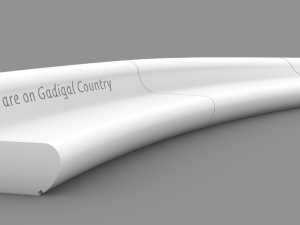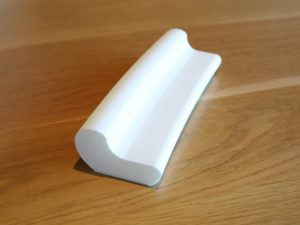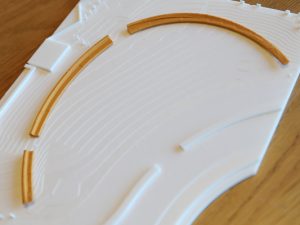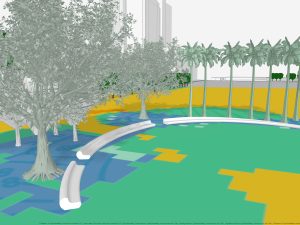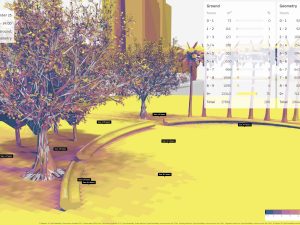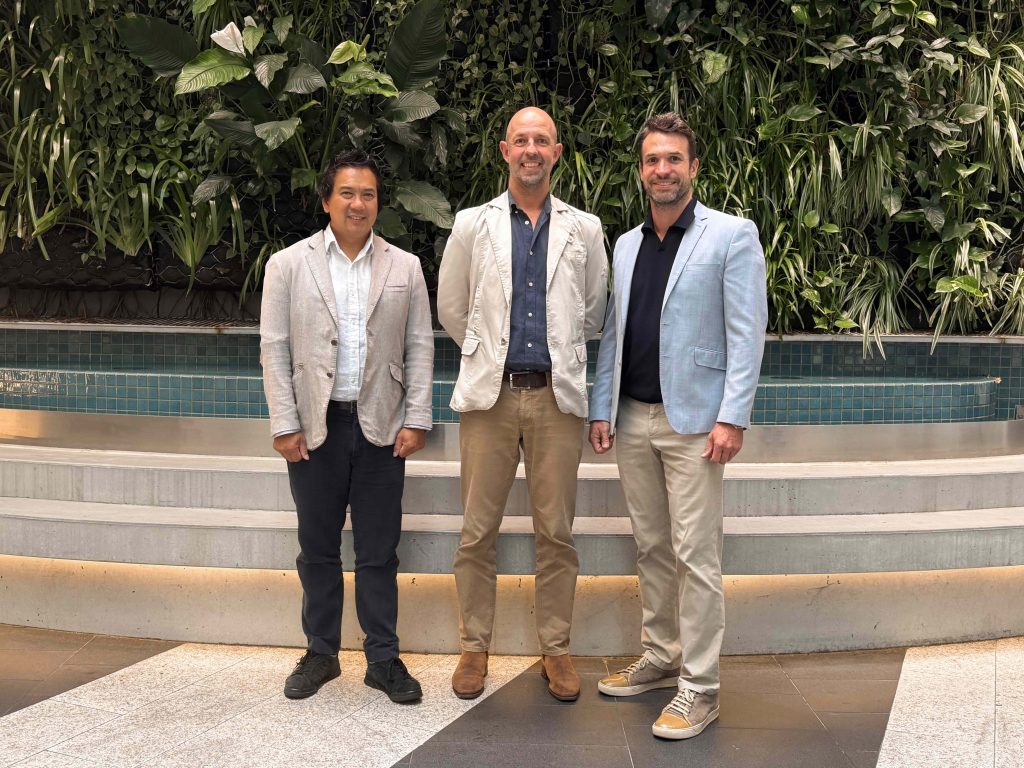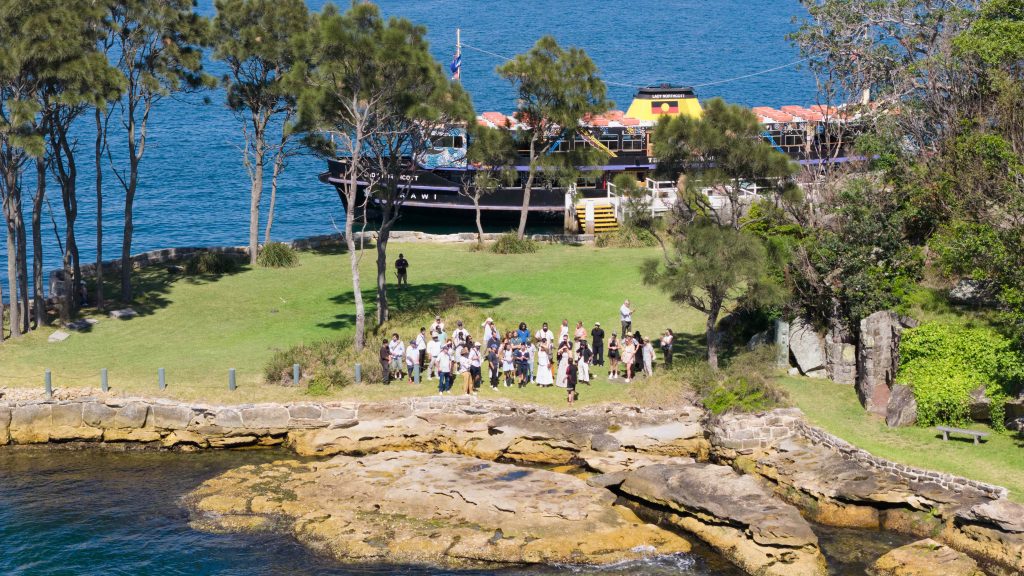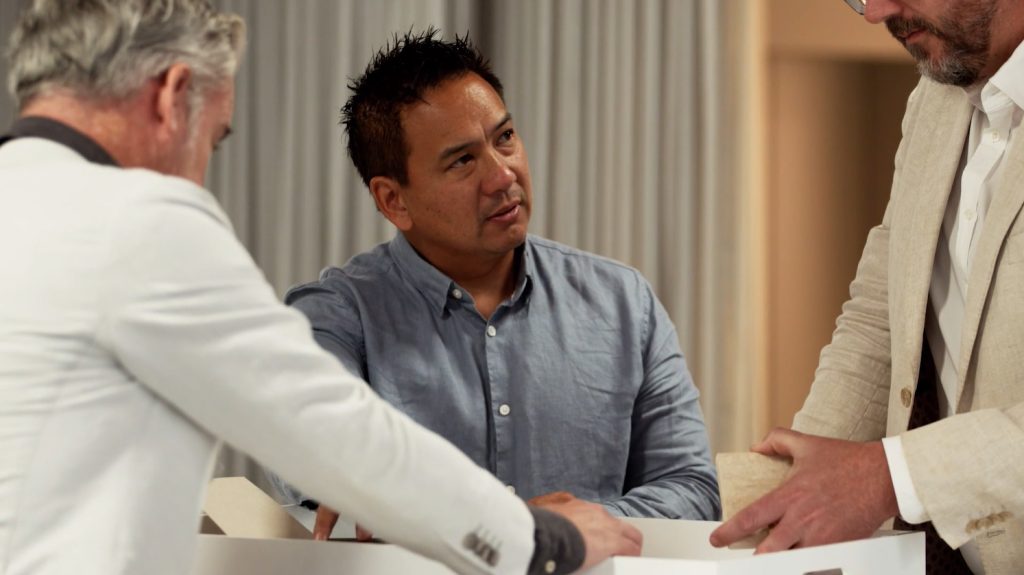With 200 trees and a 12 tonne seat above ground, and a Metro station and 260km of electrical cable below ground, here’s how Arcadia designed this complex project. Using Landscape Information Modelling (LIM) the landscape architects at Arcadia were able to make collaborative design decisions with the multidisciplinary design team throughout all stages of the delivery of the award-winning Barangaroo Station Park, with the ability to access data to test a range of scenarios.
Thousands of people pass through Barangaroo Station every day, with the park and plaza designed so commuters and tourists have easier access to the ever-developing Barangaroo precinct and to areas of the CBD’s north, including Barangaroo Headland Park and Hickson Road theatre district, that were previously challenging to reach via public transport.
We’ve talked a lot about the R&D, consultation and collaborative design process of this park, which resulted in a living connection to Indigenous and colonial history, with its harbour setting, Barangaroo Boat artwork, open lawn and the 60m feature seat, made from precast white concrete and seeded with oyster shells. A key feature of the park, the interpretive seat is designed in the shape of a barra hook, used by Gadigal peoples for fishing in Nawi Cove.
Something that is less known is the use of LIM in the design of Barangaroo Station Park, a process that generates a comprehensive digital representation of a landscape project, encompassing its physical, functional, and ecological attributes. Arcadia’s landscape architects worked with our Design Innovation and Technology specialist team, using a methodology that integrates diverse datasets, including topography, hydrology, vegetation, and infrastructure, to gain a holistic understanding of the landscape throughout its entire life cycle.
Barangaroo Station Park includes 200 new trees and the 60m interpretive seat, weighing 12 tonnes and installed in 11 sections, so LIM was important in driving decision making about the optimal location for the seat and trees to achieve best results for long-term comfort as the landscape evolves.


Throughout the design process, the team analysed and measured how different design decisions would impact the performance of the space for factors including:
- microclimate
- urban heat
- solar and shadow
- carbon footprint
- tree canopy and growth simulations.
With a multidisciplinary team working together in the design and delivery of Sydney Metro Barangaroo Station, data-driven decision making was essential in the highly complex project. With the Metro platform 25 metres below ground, including ten escalators, five lifts and 260 km of electrical cables, Arcadia was part of the intensive clash and model coordination process ensuring all spatial issues were resolved prior to construction. Containing all relevant asset information in a single centralised location, informed decisions can be made about maintenance and resource allocation throughout the lifespan for the landscape assets of Barangaroo Station Park, a piece of infrastructure designed for longevity, set within a precinct undergoing future development.
For more information about Barangaroo Station Park and LIM contact:
Chris Tidswell: Studio Lead and Principal e: christ@arcadiala.com.au
